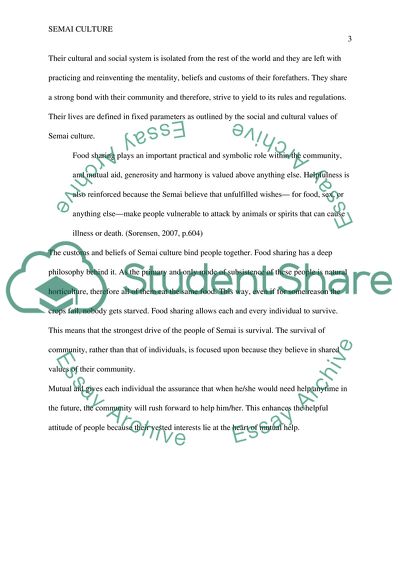Cite this document
(The Semai Culture Essay Example | Topics and Well Written Essays - 1750 words, n.d.)
The Semai Culture Essay Example | Topics and Well Written Essays - 1750 words. https://studentshare.org/culture/1754460-the-semai-culture
The Semai Culture Essay Example | Topics and Well Written Essays - 1750 words. https://studentshare.org/culture/1754460-the-semai-culture
(The Semai Culture Essay Example | Topics and Well Written Essays - 1750 Words)
The Semai Culture Essay Example | Topics and Well Written Essays - 1750 Words. https://studentshare.org/culture/1754460-the-semai-culture.
The Semai Culture Essay Example | Topics and Well Written Essays - 1750 Words. https://studentshare.org/culture/1754460-the-semai-culture.
“The Semai Culture Essay Example | Topics and Well Written Essays - 1750 Words”. https://studentshare.org/culture/1754460-the-semai-culture.


